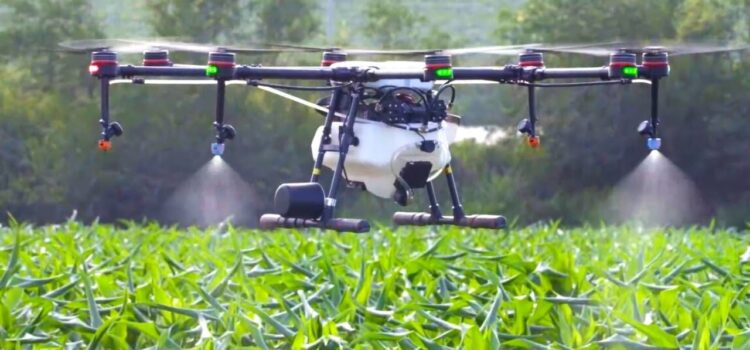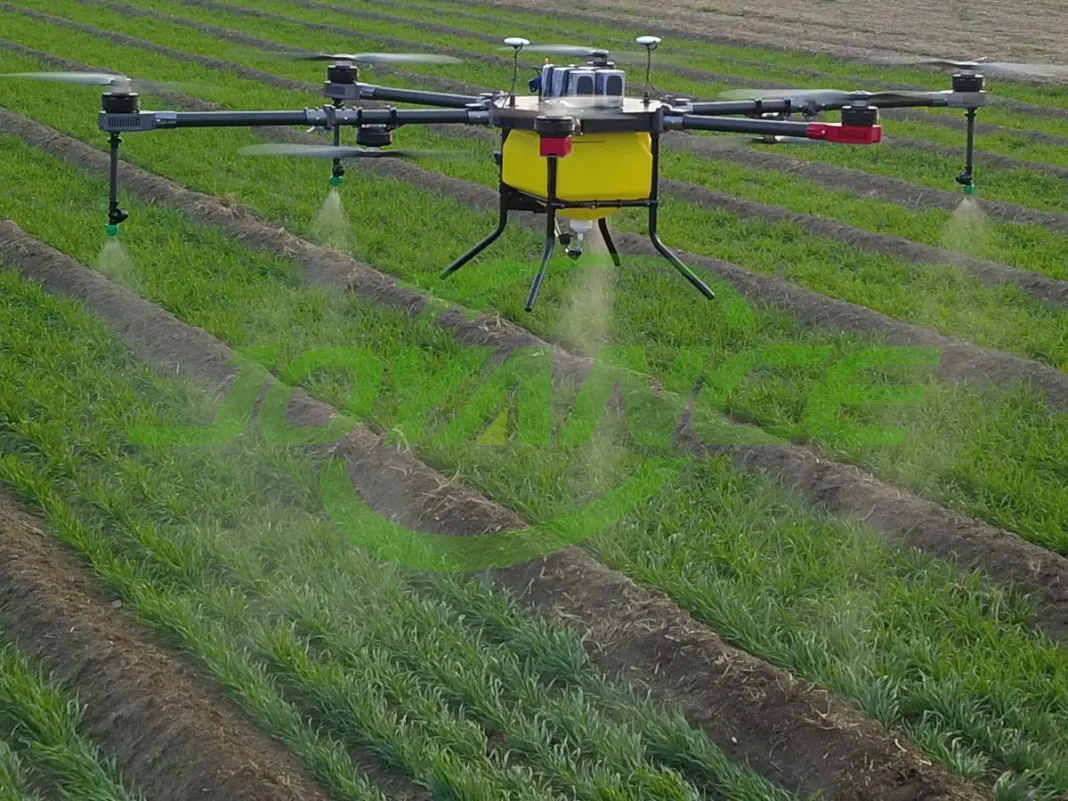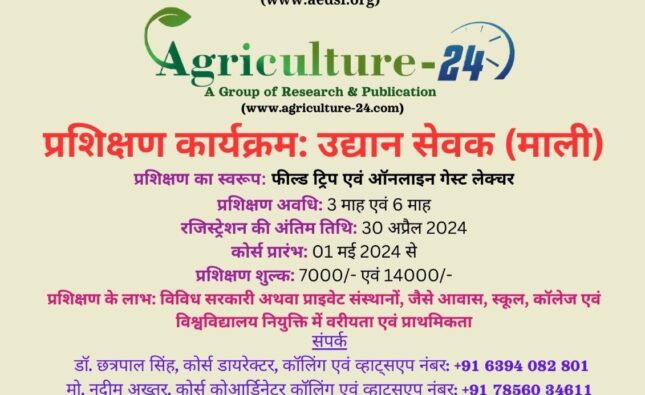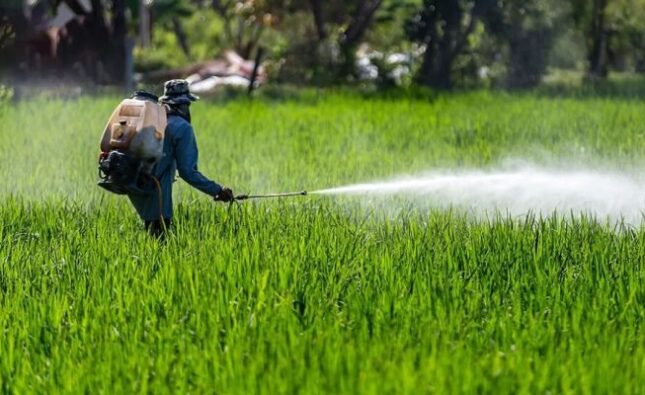Applications of Drone in Agriculture
A drone, also known as an unmanned aerial vehicle (UAV), is an aircraft that operates without a human pilot on board. Drones are typically controlled remotely by a human operator or can also operate autonomously using pre-programmed flight plans and onboard sensors. Drones come in various sizes, ranging from small handheld models to large aircraft. They are equipped with multiple rotors (multirotor drones) or fixed wings (fixed-wing drones) to generate lift and enable flight. The rotors or wings are powered by electric motors or combustion engines, depending on the drone’s design and purpose.
Drones are equipped with various sensors, cameras, and other technologies that allow them to capture images, videos, and other data from the air. These sensors can include high-resolution cameras, thermal cameras, lidar sensors, multispectral sensors, and GPS systems, among others. The data collected by these sensors is transmitted to the operator or stored onboard for later analysis. Drones have a wide range of applications across different industries, including agriculture, photography and videography, aerial mapping and surveying, search and rescue operations, infrastructure inspection, environmental monitoring, package delivery, and even recreational use.
In recent years, drones have gained significant popularity due to advancements in technology, improved affordability, and increased capabilities. They offer a cost-effective and efficient way to access aerial perspectives, gather data, and perform tasks that would otherwise be challenging, time-consuming, or risky for humans.
Drones have emerged as valuable tools in modern agriculture, offering a range of benefits and applications. Here are some of the key roles drones play in agriculture:
1. Crop Monitoring:
Drones equipped with high-resolution cameras and sensors can capture aerial images of crops. Farmers can use these images to monitor plant health, detect early signs of diseases, identify nutrient deficiencies, and assess crop growth. By analyzing the data collected by drones, farmers can make informed decisions regarding irrigation, fertilization, and pest control.
2. Precision Agriculture:
Drones contribute to precision agriculture by providing detailed and real-time information about field conditions. They can create maps of crop yields, moisture levels, and plant health variations across the field. By understanding these variations, farmers can optimize the use of resources, such as water and fertilizers, by applying them precisely where needed. This reduces waste, improves efficiency, and maximizes crop productivity.
3. Crop Spraying:
Drones equipped with spraying systems can precisely apply pesticides, fertilizers, and herbicides to crops. Compared to traditional ground-based spraying methods, drones offer several advantages. They can navigate fields more efficiently, reach difficult-to-access areas, and reduce human exposure to chemicals. Additionally, drones can apply treatments in a targeted manner, reducing the amount of chemicals used and minimizing environmental impact.
4. Planting and Seeding:
Some drones are designed to perform automated planting and seeding operations. They can release seed pods or plant seeds directly into the soil, covering large areas quickly and accurately. This technology is particularly useful in reforesting areas, restoring vegetation in remote locations, or replanting after natural disasters.
5. Livestock Monitoring:
Drones can assist in monitoring and managing livestock. Equipped with thermal cameras or multispectral sensors, they can detect and locate animals, identify potential issues (such as injured or missing animals), and monitor their behavior and grazing patterns. Drones can also help farmers locate and inspect livestock in vast or inaccessible areas, reducing the time and effort required for manual inspections.
6. Irrigation Management:
Drones equipped with thermal or multispectral sensors can assess crop moisture levels and identify areas that require irrigation. This information helps farmers optimize their irrigation schedules, reducing water consumption and improving water use efficiency. By precisely targeting irrigation, drones help prevent overwatering and the associated problems of soil erosion and nutrient leaching.
7. Data Collection and Analysis:
Drones can gather vast amounts of data through their sensors and cameras. This data, when combined with advanced analytics and machine learning algorithms, can provide valuable insights for decision-making. Farmers can use this data to track crop performance, identify patterns, predict yields, and optimize farming practices for increased productivity and profitability.







